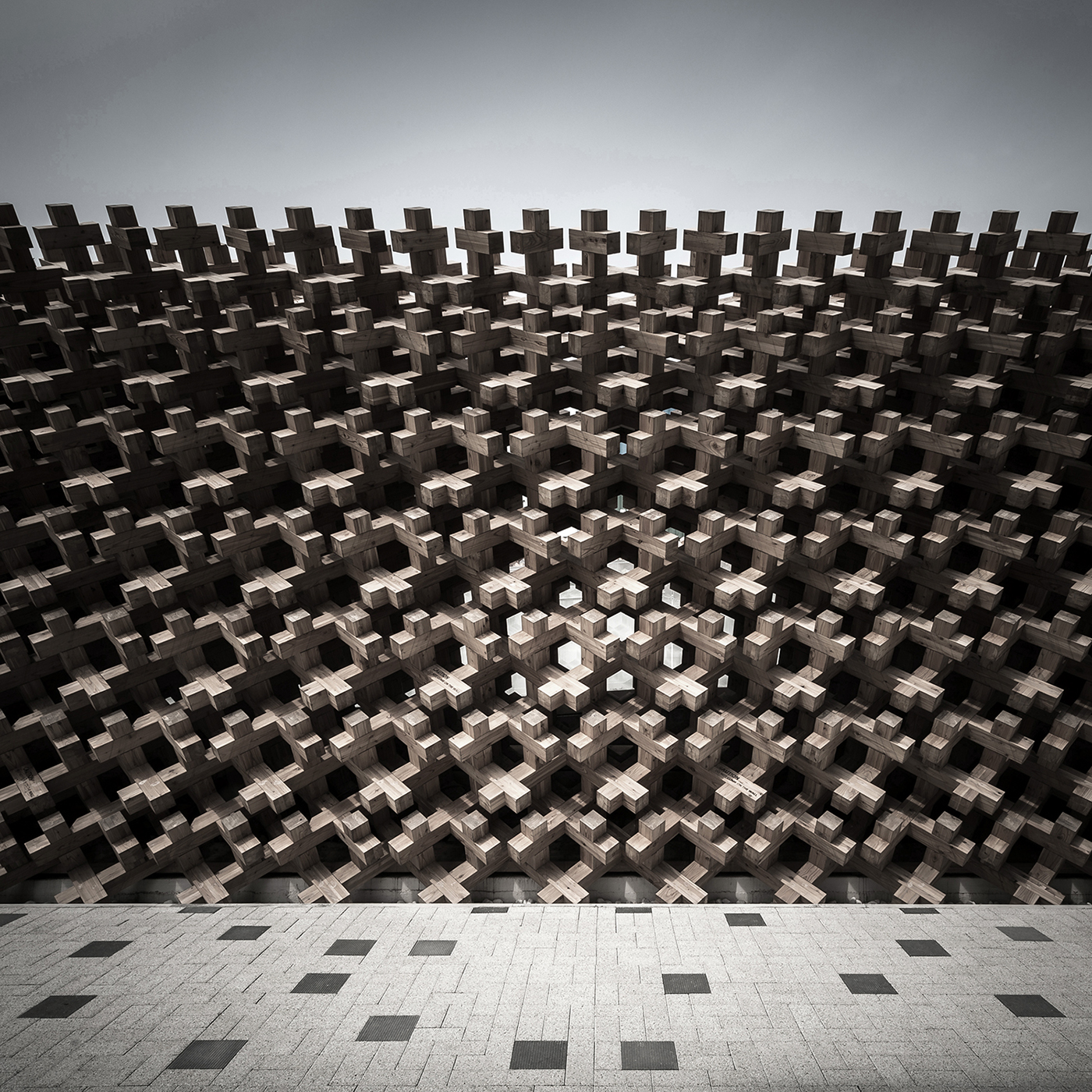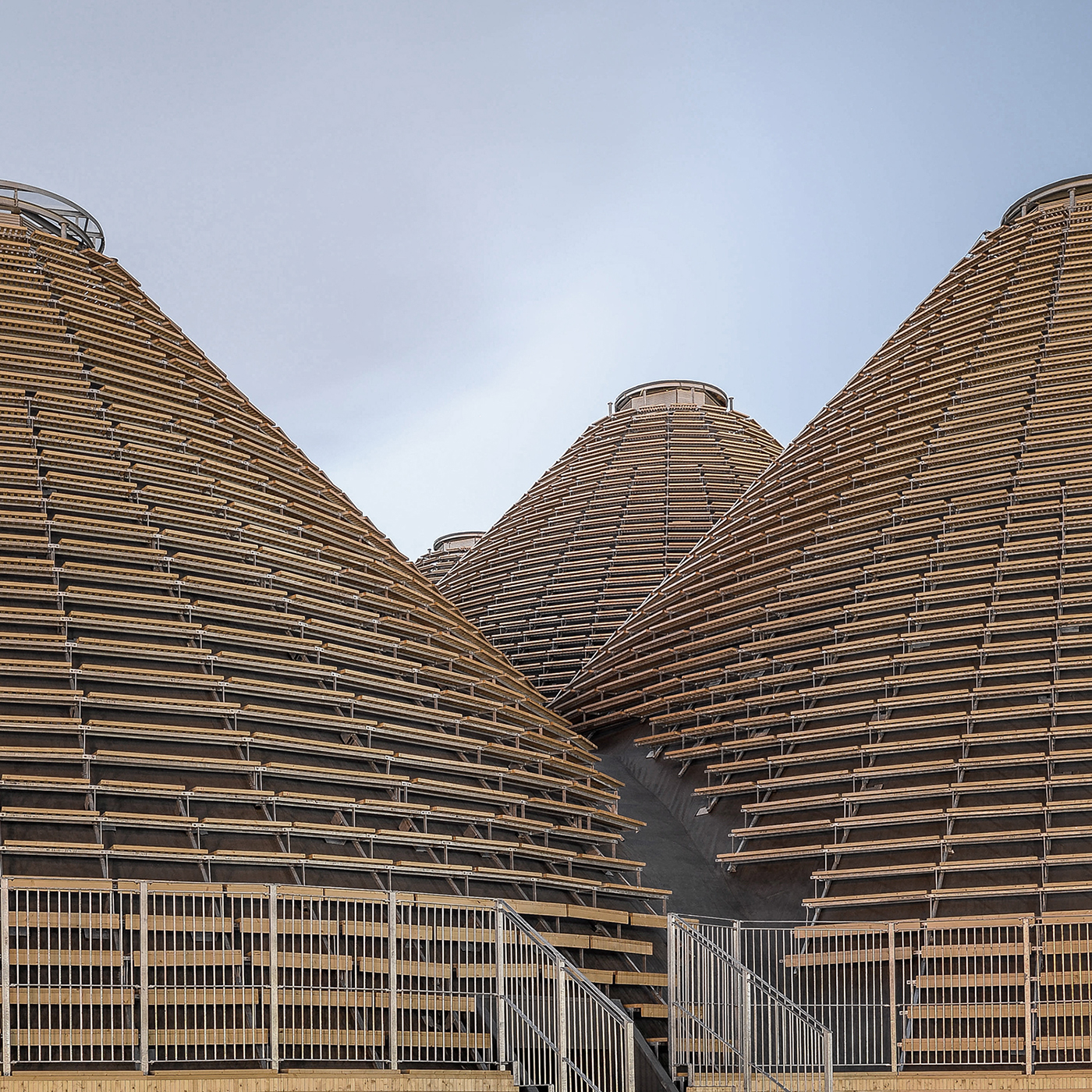A holarchy, in the terminology of Arthur Koestler, is a connection between holons, where a holon is both a part and a whole. The term was coined in Koestler's 1967 book The Ghost in the Machine.
Holarchy is commonly referred to as a form of hierarchy; however, hierarchy, by its definition, has both an absolute top and bottom. But this is not logically possible in a holon, as it is both a whole and a part. The "hierarchical relationship" between holons at different levels can just as meaningfully be described with terms like "in and out", as they can with "up and down" or "left and right"; perhaps more generally, one can say that holons at one level are "made up of, or make up" the holons or parts of another level. This can be demonstrated in the holarchic relationship (subatomic particles ↔ atoms ↔ molecules ↔ macromolecules ↔ organelles ↔ cells ↔ tissues ↔ organs ↔ organisms ↔ communities ↔ societies) where each holon is a "level" of organization, and all are ultimately descriptive of the same set (e.g., a particular collection of matter). The top can be a bottom, a bottom can be a top, and, like a fractal, the patterns evident at one level can be similar to those at another.


















www.pygmalionkaratzas.com






